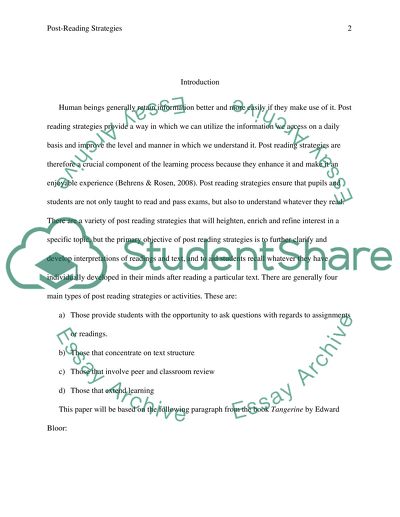Cite this document
(“Education Research Paper Example | Topics and Well Written Essays - 1000 words - 2”, n.d.)
Retrieved from https://studentshare.org/other/1399224-education
Retrieved from https://studentshare.org/other/1399224-education
(Education Research Paper Example | Topics and Well Written Essays - 1000 Words - 2)
https://studentshare.org/other/1399224-education.
https://studentshare.org/other/1399224-education.
“Education Research Paper Example | Topics and Well Written Essays - 1000 Words - 2”, n.d. https://studentshare.org/other/1399224-education.


